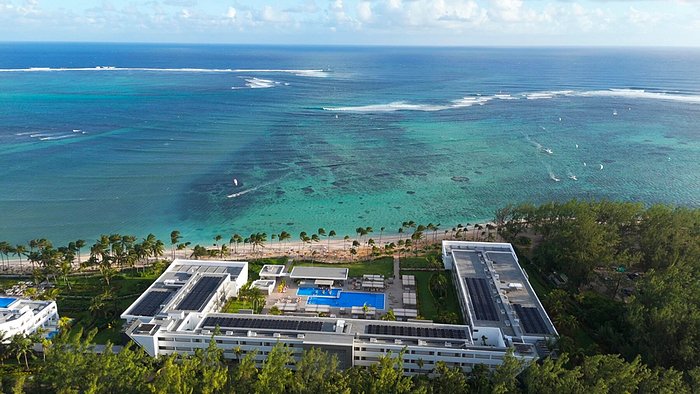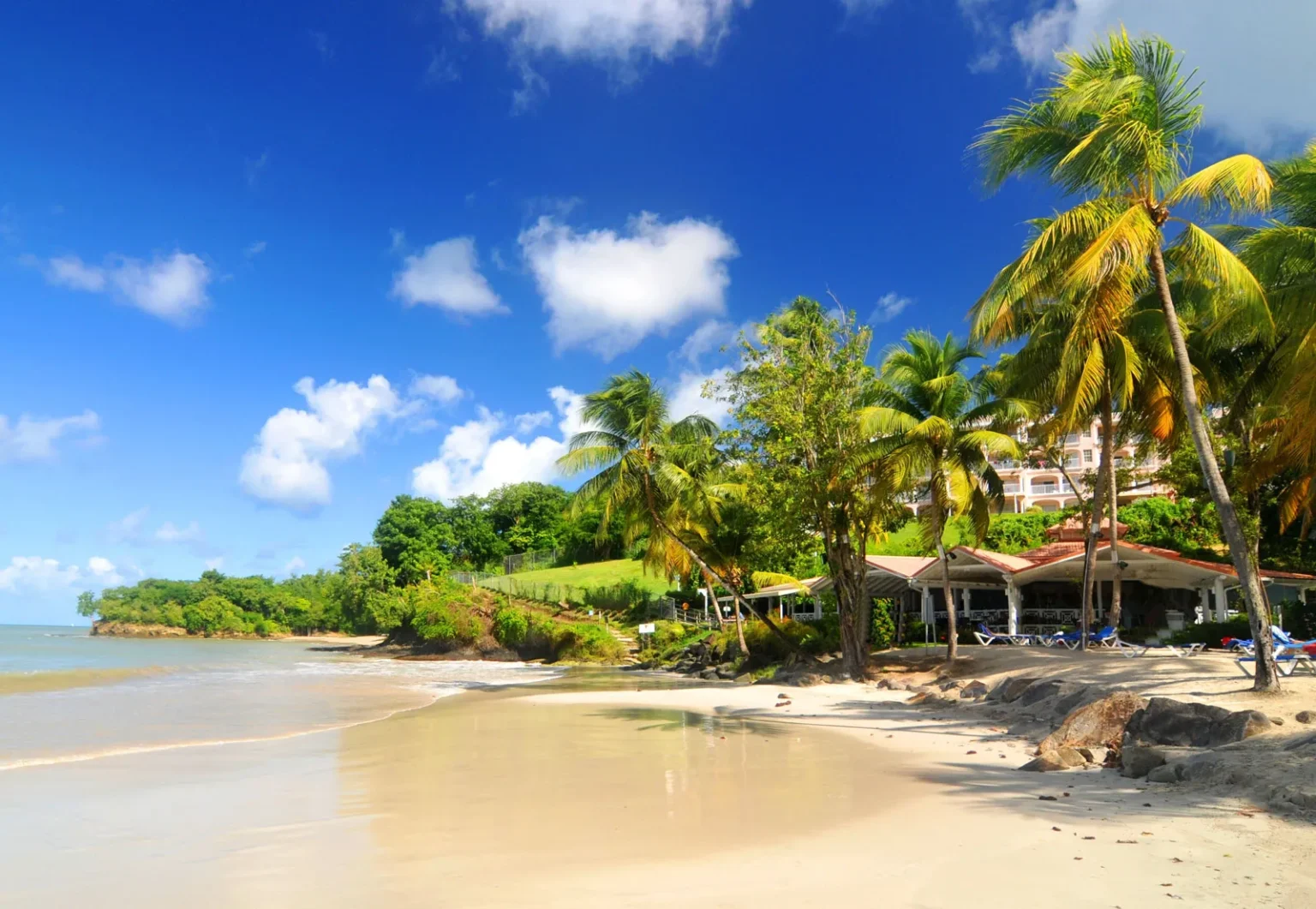At a Glance
- Indian Ocean nations rely on tourism for foreign earnings, jobs and wider economic activity.
- Maldives, Mauritius and Seychelles near full recovery as arrivals return to pre-pandemic strength.
- Governments push sustainability measures to protect reefs while increasing high-value visitor spending.
Across the Indian Ocean, from the coral-ringed Maldives to the volcanic coasts of Mauritius, tourism is more than a seasonal industry; it is the backbone of several small, open economies. After the pandemic disrupted global travel, the region has staged one of the fastest recoveries worldwide.
Arrivals have climbed back toward pre-2020 levels in many destinations, and governments are refining strategies to attract higher-spending guests while protecting the natural capital that drives demand.

Tourism’s oversized role in the region
Tourism sits at the heart of most Indian Ocean economies. In the Maldives, the sector contributes the bulk of foreign exchange earnings and fuels job creation across hospitality, transport and construction.
Mauritius relies on the industry as a pillar of services exports, while Seychelles’ tourism receipts between January and September 2025 approached roughly $800 million, near pre-pandemic norms.

The economic influence stretches beyond hotels and airlines. Tourism stimulates agriculture, fisheries, artisanal trades, inter-island transport and government revenue through VAT and environmental levies. But the reliance also makes these economies vulnerable to swings in global travel, geopolitical disruptions, climate events and changes in consumer spending in Europe, the Middle East and Asia, their biggest source markets.
Recovery, arrivals and shifting source markets
The rebound has been broad but uneven. The Maldives surpassed two million arrivals in 2024, supported by aggressive airlift expansions and its signature “one-island-one-resort” model. Mauritius is nearing full recovery with more than one million visitors arriving between January and September 2025, driven by European holidaymakers and a growing influx from India and the Middle East. Sri Lanka has also returned to growth mode, passing one million arrivals in the first half of 2025 after rebuilding confidence and reopening key routes.
Traditional markets such as France, Italy, Germany and the U.K. still dominate, but emerging segments, private jet travelers, digital nomads, regional holidaymakers and luxury charter guests, are becoming more influential across the basin.
The products defining the Indian Ocean offer
- Luxury resorts and villas:
High-end resorts and exclusive beach villas remain the cornerstone of the Maldives, Seychelles and Mauritius. Privacy, overwater suites and curated experiences anchor the “higher yield per visitor” strategy. - Marine and nature tourism:
Diving, big-game fishing, whale watching, and reef-based excursions shape the identity of many islands. Protected atolls, marine parks and UNESCO sites continue to draw travelers seeking untouched environments. - Wellness and slow tourism:
Retreats focusing on rejuvenation, Ayurveda, spa immersion and long-stay wellness packages are expanding, particularly in Sri Lanka and Mauritius. - Yachting and small-ship cruising:
Private yachts, expedition cruises and sustainable small-boat tours generate some of the highest visitor spending in destinations with sheltered lagoons and multi-island networks.

A region built on natural beauty
The Indian Ocean’s rebound is a testament to its enduring magnetism: pristine lagoons, welcoming cultures, and an increasing focus on high-value, low-impact travel. But sustaining growth will require difficult choices, from reef protection and climate-proof infrastructure to smarter visitor-management policies.
If governments and investors manage that balance, the Indian Ocean can remain one of the world’s most resilient and desirable tourism regions, not just a destination, but a living, breathing engine of economic opportunity.






